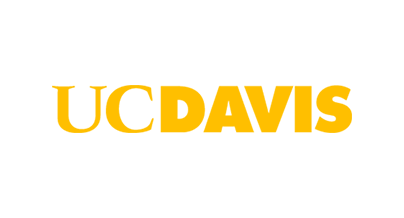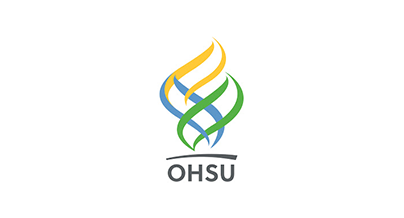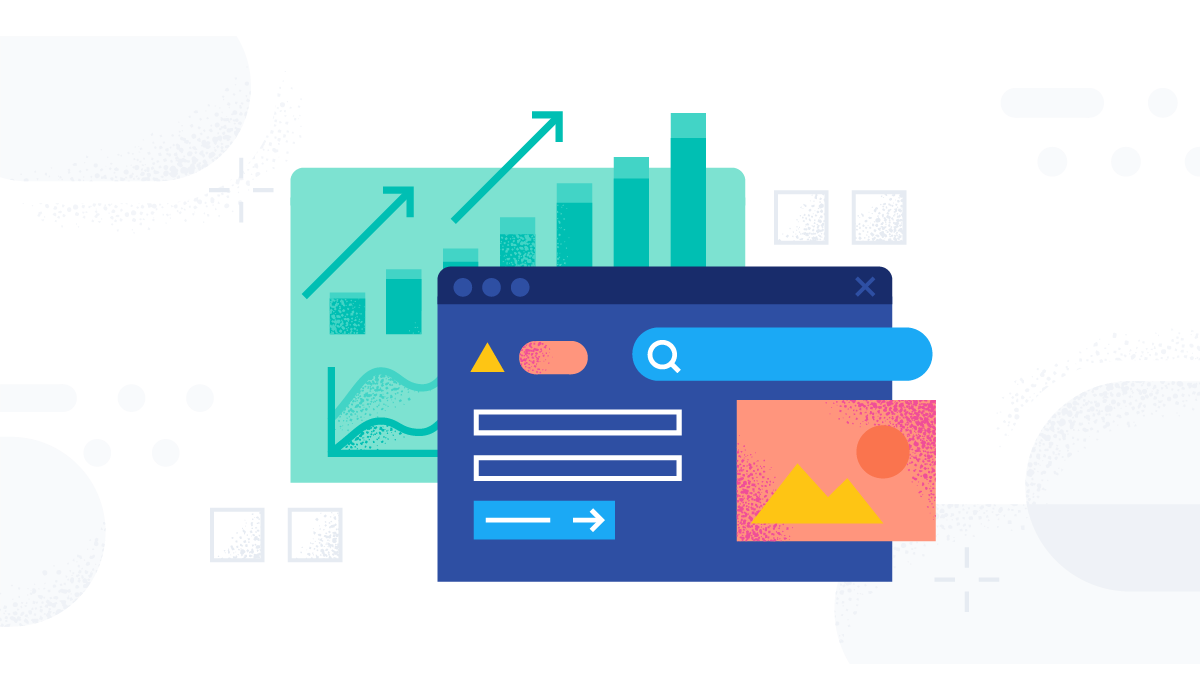Education
Deepen analytical insight for a better student experience
K-12 and higher education institutions use Elastic for search, generative AI, data analytics, IT monitoring, cybersecurity, and more.

Generative AI is reshaping higher ed IT. Learn how Elastic can securely connect your data with LLMs.
Read moreHow to make the shift to an “ultra-intelligent” institution through the power of data.
Read the articleTop of mind topics
5 considerations for a successful SIEM implementation in K-12 schools.
Contact us
Send us your questions and we’ll get back to you as soon as possible.
MarketoFEForm








